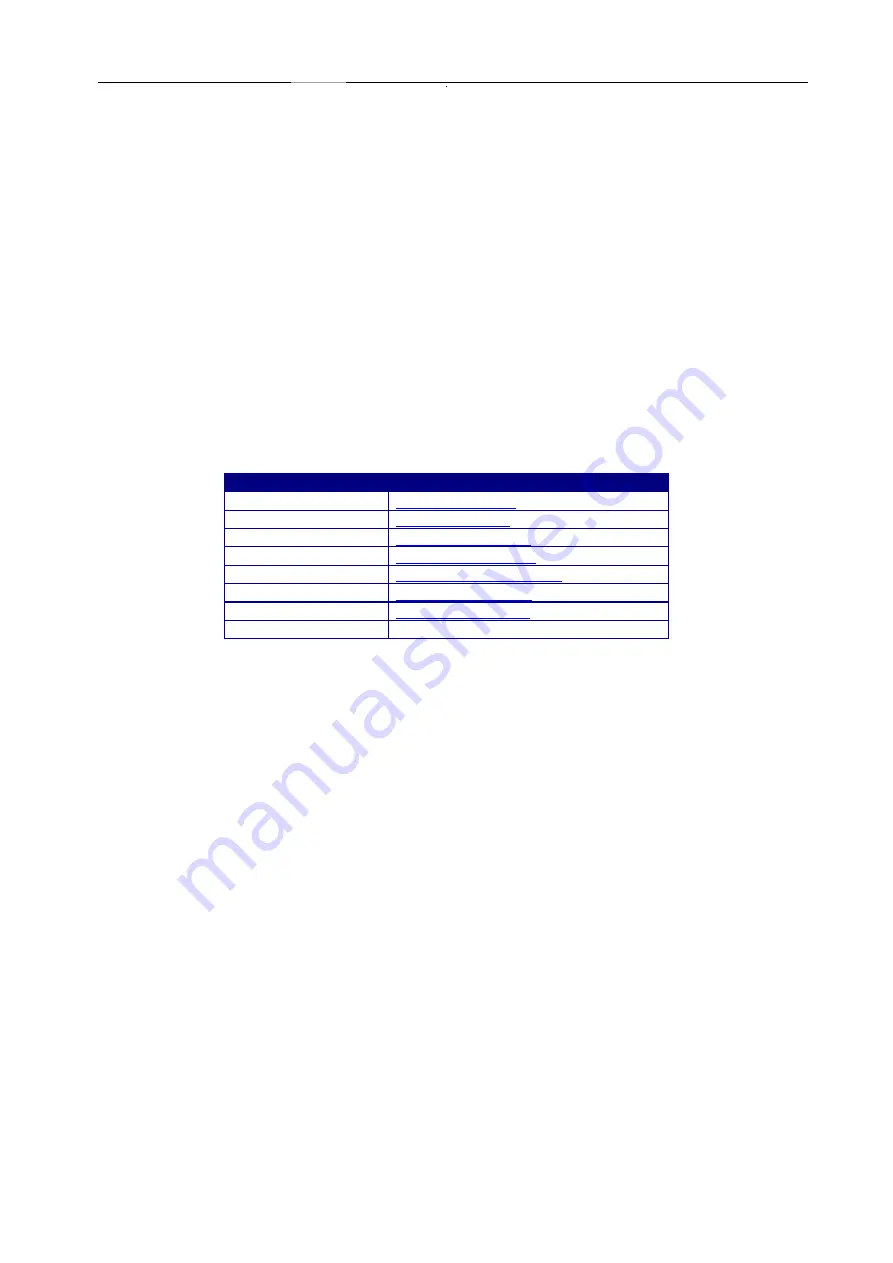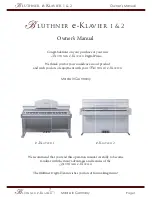
SV 104 USER'S MANUAL_
DRAFT
_______________________________________________
_
10
1.3
Standards
The effects of high sound exposure on hearing have been studied for many years. As far back in 1954
AIHA (American Industrial Hygiene Association)
– Rosenwinkel & Stewart – described a “new device which
integrates sound energy over finite time periods.
” In 1956 – von Witternand & von Gierke obtained a patent
for a
noise exposure meter for “indicating the total time that noise exceeded a certain predetermined levels.”
Since then, measurements could be conducted over long periods of time and the instrument was worn by
personnel under normal work conditions.
Finally, organizations developed standards to regulate personal noise exposure. International
standards are specified by health and safety regulations such as the European Union Parliament and
Council Directive 2003/10/EC of February 6, 2003 on minimum health and safety requirements regarding the
exposure of workers to the risks arising from physical agents (noise) or International Electrotechnical
Commission IEC-61252 guidelines. The EU directive links to the ISO 9612-2009 Acoustics
– Determination
of occupational noise exposure
– Engineering method.
In the United States, the Occupational Safety and Health Administration (OSHA) 29 Code of Federal
Regulations (CFR) 1910 General Industry Regulations: Standard No. 1910.95 Occupational noise exposure,
the Mine Safety and Health Administration (MSHA), and the American Conference of Governmental
Industrial Hygienists (ACGIH) have created slightly different regulations and limitations on tolerable noise
exposure. Noise requirements are to ensure that the hazards associated with the exposure of workers to
noise are eliminated or properly controlled.
Organization
Website address
ISO
IEC
OSHA
MSHA
NIOSH
ACGIH
CCOHS
…
Table 1-2
Standardization organizations
’ websites
Additionally, at present dosimeters should meet relevant accuracy and performance requirements
defined by:
-
IEC 61252
-
ANSI S1.25











































